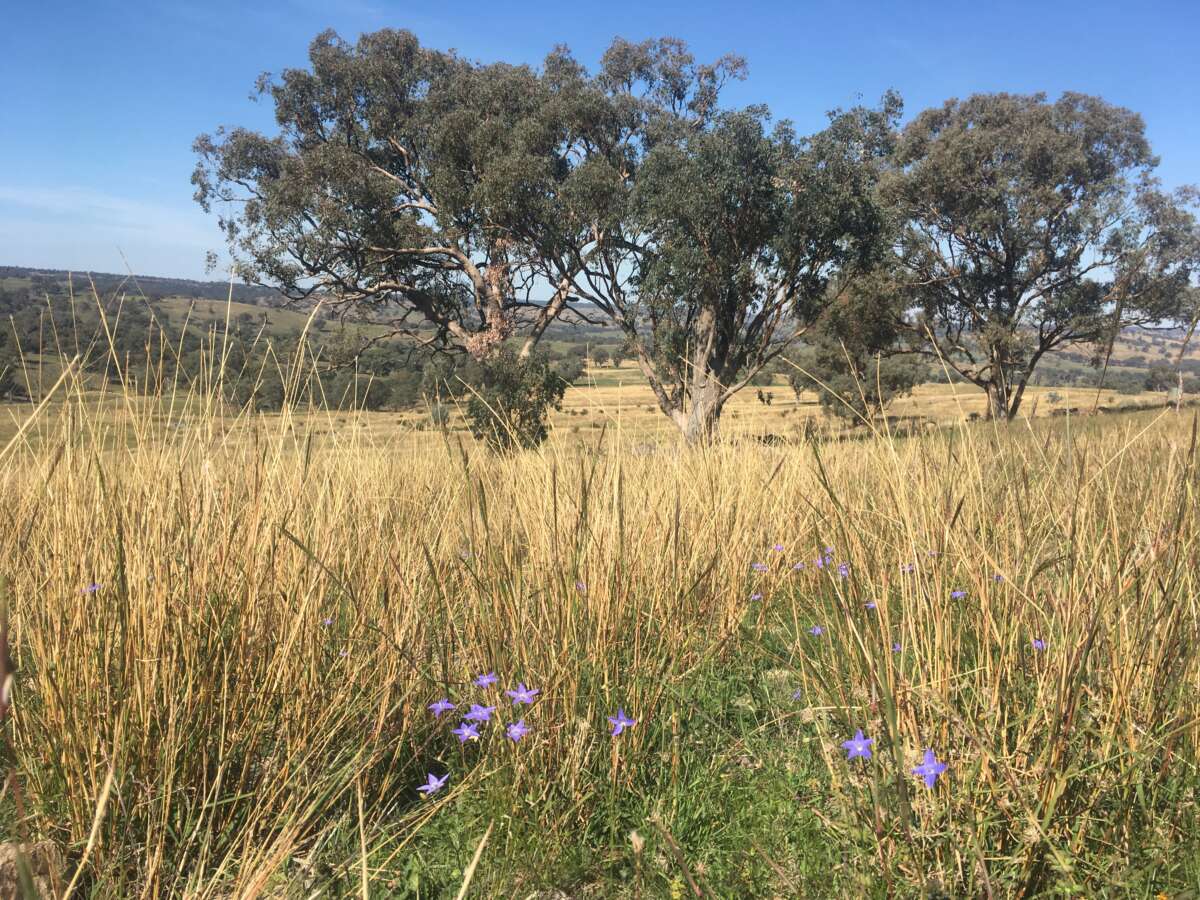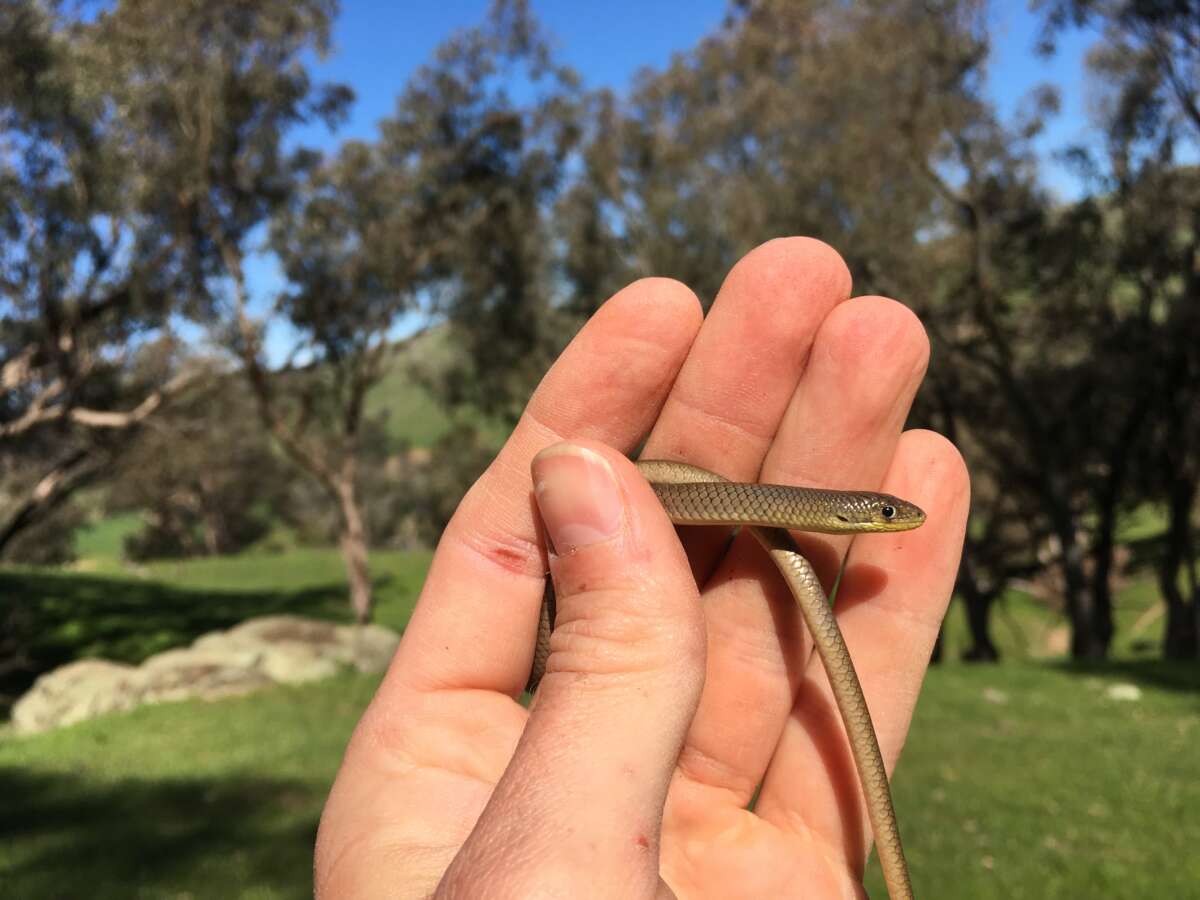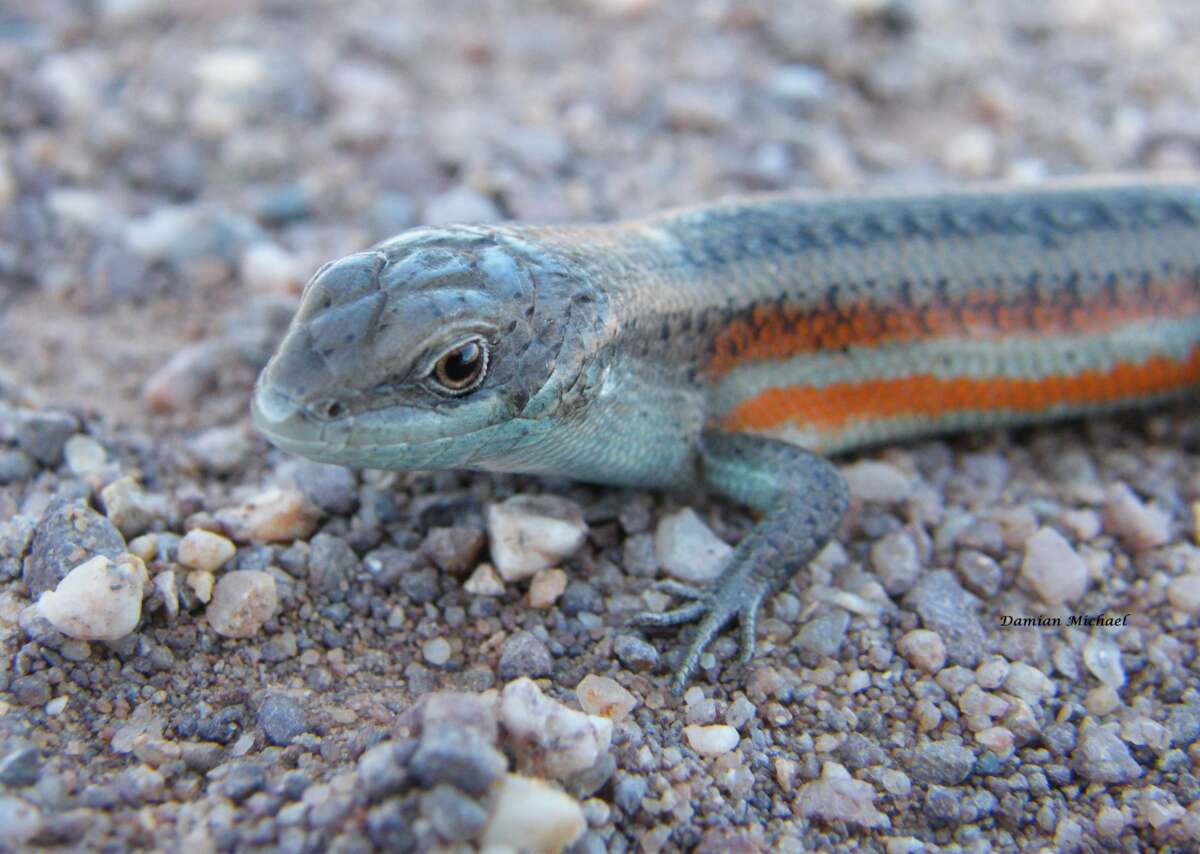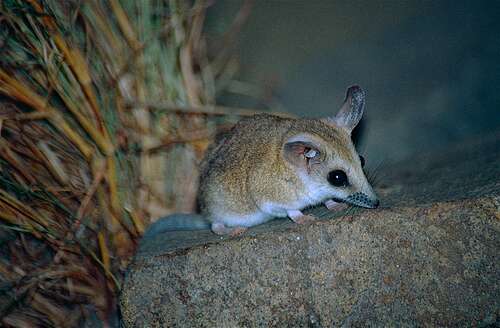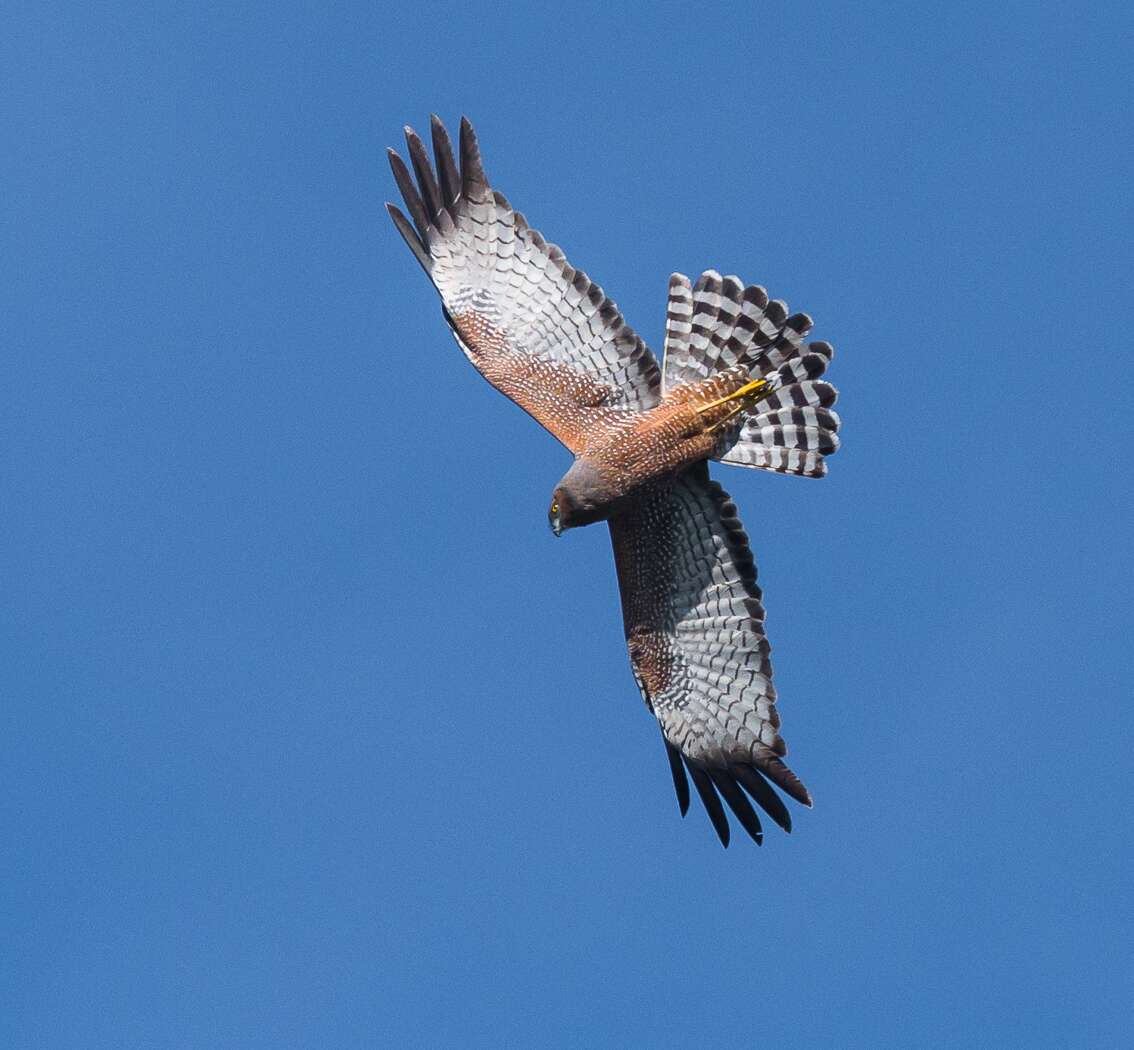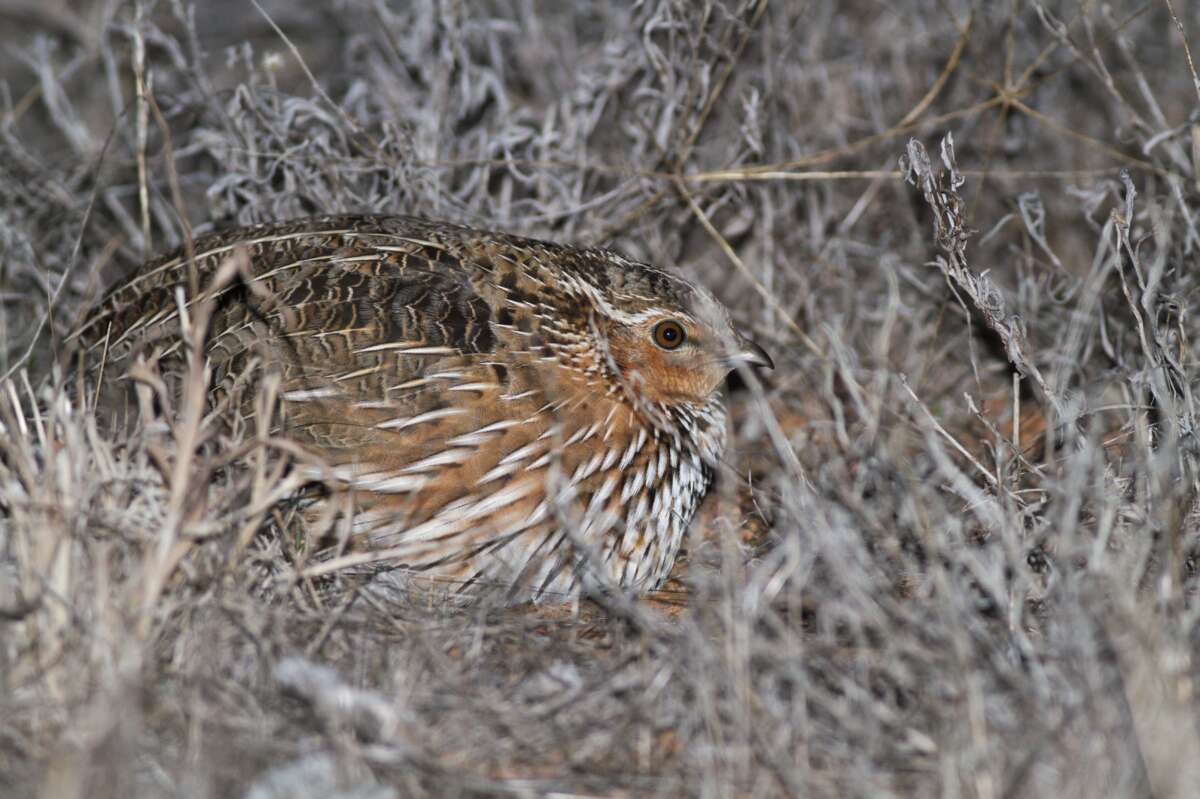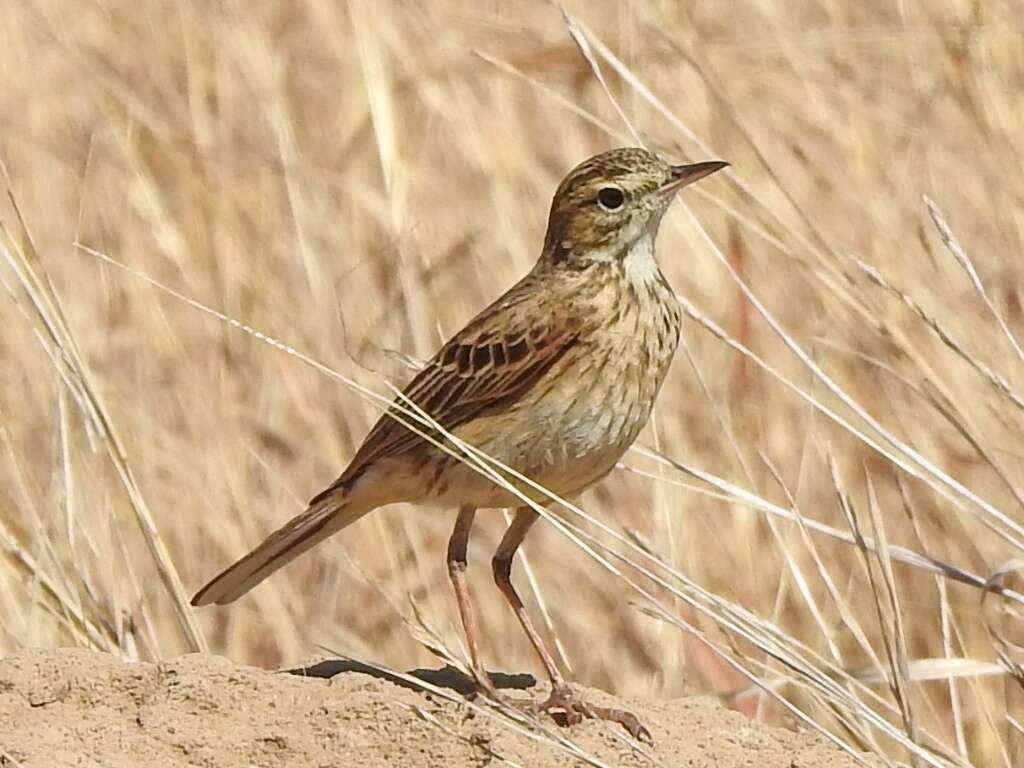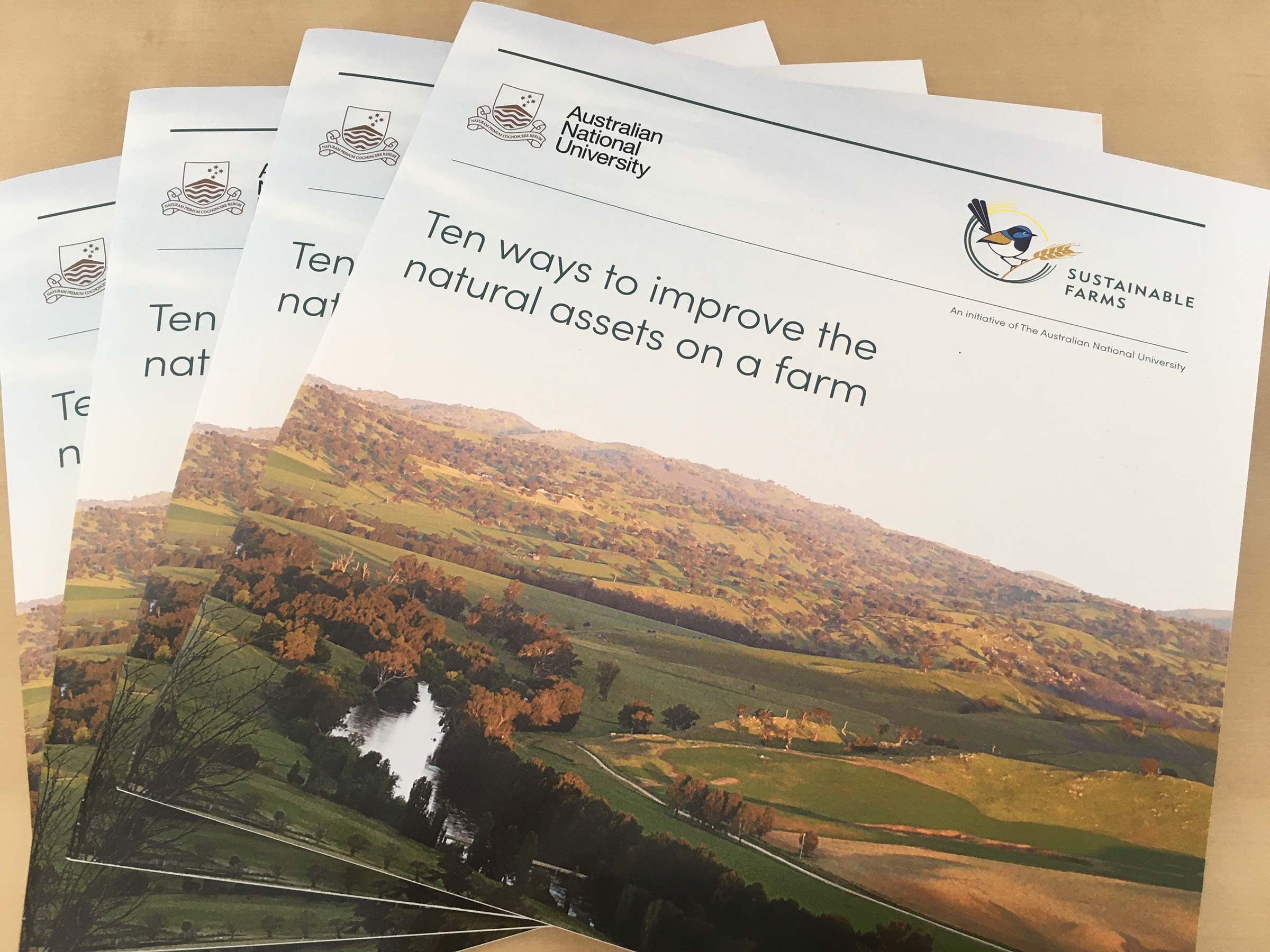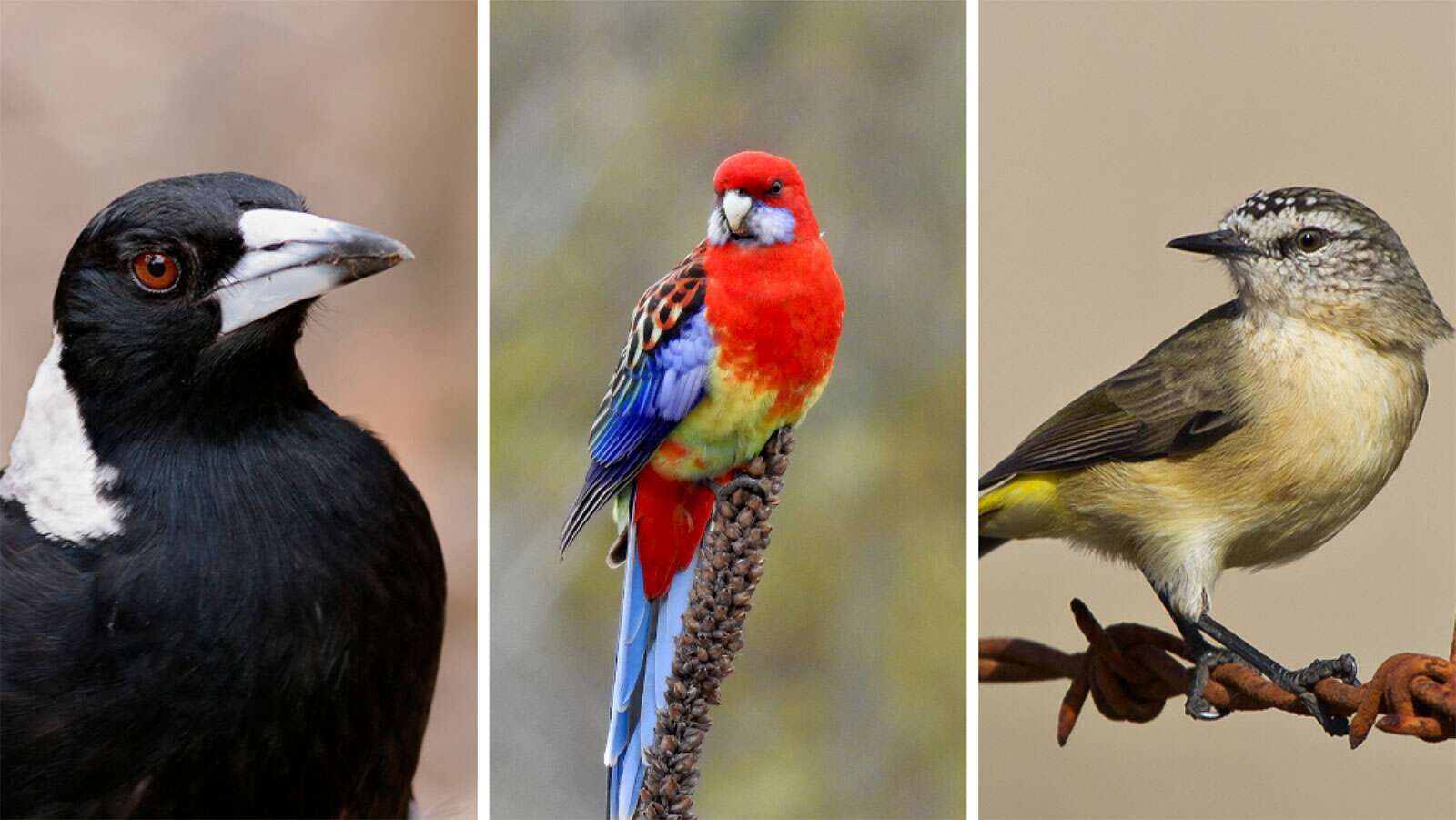The role of native grasses for farm production
Mixed pastures that include native perennial grasses are a key natural asset on farms, supporting both biodiversity and production.
Native perennial grasses are deep-rooted, enabling them to draw on moisture deep in the soil. Their deep root systems improve both water infiltration and soil moisture retention, as well as stabilizing the soil, reducing wind and water erosion.
Because they are summer-active, native grasses hold more moisture and are greener during the hotter months of the year, so they are less susceptible to fire than winter-active annuals that dry off in summer. If they are burnt, they recover quickly.
Management of native grasses requires a low input production system, which has the potential to increase the profit margins of a grazing enterprise, through removal of the high costs associated with sowing pastures and applying fertilizer.
With good management, native pastures can be hardy during drought, providing more reliable feed for livestock when feed is scare elsewhere.
